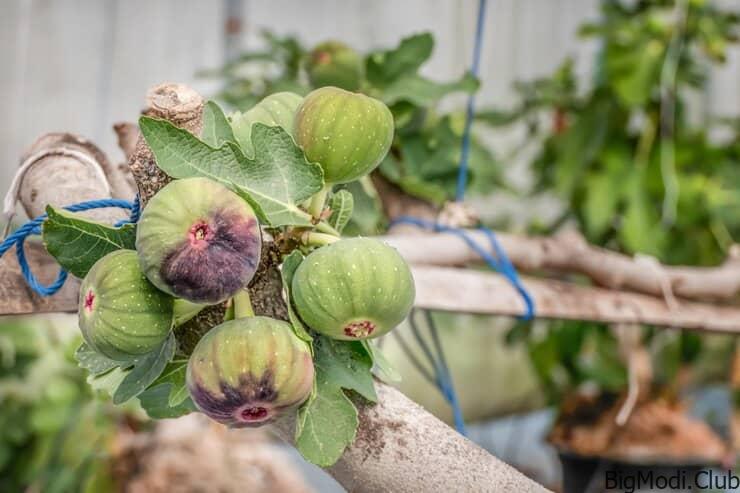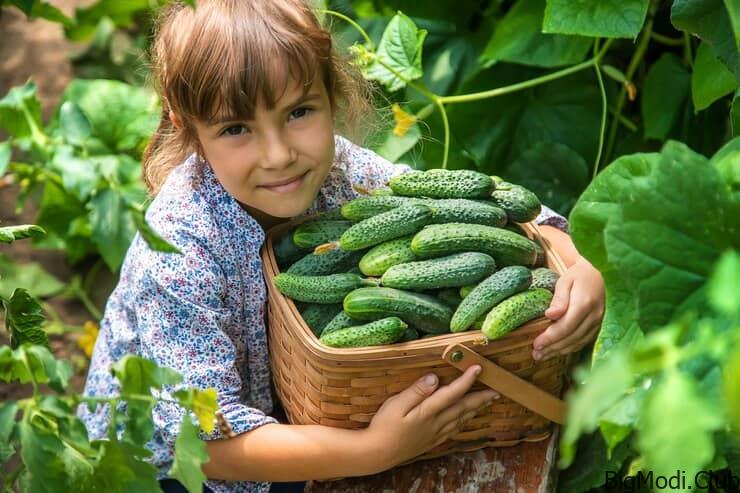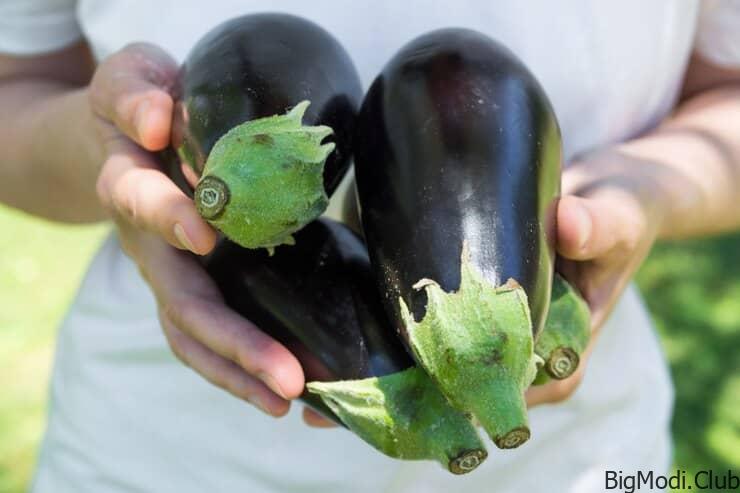Growing mint is a rewarding endeavor, offering a fresh supply of this fragrant herb for culinary and medicinal uses. Many gardeners, both novice and experienced, seek innovative ways to cultivate mint efficiently. One such method that has garnered attention is using a Styrofoam box. The simplicity and effectiveness of this approach are remarkable, making it a must-try for anyone looking to grow mint. In this comprehensive guide, we will delve into the detailed steps and benefits of growing mint in a Styrofoam box.
Why Choose a Styrofoam Box for Growing Mint?
Excellent Insulation and Temperature Control
Styrofoam boxes provide excellent insulation, maintaining a consistent temperature for the mint plants. This is crucial for mint, which thrives in moderate conditions. The insulation protects the roots from extreme heat and cold, ensuring steady growth throughout the year.
Lightweight and Portable
Unlike traditional pots, Styrofoam boxes are lightweight and easy to move. This portability allows gardeners to reposition the box to optimize sunlight exposure or to bring it indoors during adverse weather conditions. Flexibility in placement can significantly impact the growth and health of the mint plants.
Recycling and Sustainability
Using Styrofoam boxes for planting is an excellent way to recycle materials that would otherwise contribute to environmental waste. By repurposing these boxes, gardeners can contribute to sustainability efforts while enjoying the benefits of a practical and effective planting container.
Materials Needed
To get started with growing mint in a Styrofoam box, you will need the following materials:
- Styrofoam box: Ensure it has adequate depth for root growth.
- Potting soil: A high-quality, well-draining soil mix.
- Mint cuttings or seeds: Choose a variety of mint that suits your preference.
- Watering can or spray bottle: For regular watering.
- Fertilizer: Organic or balanced liquid fertilizer.
- Plastic lining (optional): To prevent soil leakage and maintain moisture.
- Garden tools: Trowel, scissors, and a small rake.
Step-by-Step Guide to Growing Mint in a Styrofoam Box
Step 1: Preparing the Styrofoam Box
- Clean the Box: Thoroughly clean the Styrofoam box to remove any residues or contaminants.
- Drainage Holes: Using a sharp object, poke several holes at the bottom of the box for drainage. Proper drainage is essential to prevent waterlogging and root rot.
- Optional Lining: Line the inside of the box with plastic if you wish to add an extra layer to retain soil and moisture.
Step 2: Filling the Box with Soil
- Soil Preparation: Mix the potting soil with a small amount of compost to enhance fertility. Ensure the soil is well-draining and loose.
- Filling the Box: Fill the Styrofoam box with the prepared soil mixture, leaving about an inch from the top to prevent overflow when watering.
Step 3: Planting Mint Cuttings or Seeds
- Planting Cuttings: If using cuttings, make a small hole in the soil, place the cutting, and gently firm the soil around it.
- Planting Seeds: If using seeds, sprinkle them evenly over the soil surface and lightly cover with a thin layer of soil.
- Spacing: Ensure adequate spacing between cuttings or seeds to allow for growth and airflow.
Step 4: Watering and Maintenance
- Initial Watering: Water the newly planted cuttings or seeds thoroughly to settle the soil.
- Regular Watering: Keep the soil consistently moist but not waterlogged. Water the mint plants regularly, especially during dry periods.
- Fertilization: Feed the mint plants with a balanced liquid fertilizer every few weeks to promote healthy growth.
Step 5: Pruning and Harvesting
- Pruning: Regularly prune the mint to encourage bushy growth and prevent it from becoming leggy. Trim any yellow or dead leaves.
- Harvesting: Harvest mint leaves as needed by pinching off the stems just above a set of leaves. Regular harvesting encourages new growth and maintains the plant’s vigor.
Benefits of Growing Mint in a Styrofoam Box
Enhanced Growth Control
Growing mint in a Styrofoam box allows for better control over the plant’s environment. Gardeners can easily manage factors such as soil quality, moisture levels, and sunlight exposure. This controlled environment leads to healthier plants and more abundant harvests.
Space Efficiency
For those with limited gardening space, a Styrofoam box is an ideal solution. It can be placed on balconies, patios, or even indoors, making it accessible to urban gardeners or those with small yards.
Pest and Disease Management
Mint grown in a Styrofoam box is less susceptible to pests and diseases compared to ground-grown plants. The elevated position and controlled environment reduce the risk of infestations, leading to healthier plants with minimal chemical interventions.
Cost-Effective Gardening
Using recycled Styrofoam boxes is a cost-effective gardening method. It eliminates the need for expensive pots and reduces waste, making it an economical choice for both beginners and seasoned gardeners.
Common Challenges and Solutions
Overwatering
Overwatering is a common issue that can lead to root rot. To avoid this, ensure proper drainage and water the plants only when the top inch of soil feels dry.
Nutrient Deficiency
Mint plants may show signs of nutrient deficiency if the soil lacks essential nutrients. Regularly fertilize the plants with a balanced liquid fertilizer to maintain their health and vigor.
Leggy Growth
Leggy growth occurs when mint plants do not receive enough light or are not pruned regularly. Place the Styrofoam box in a sunny location and prune the plants frequently to encourage bushy growth.



